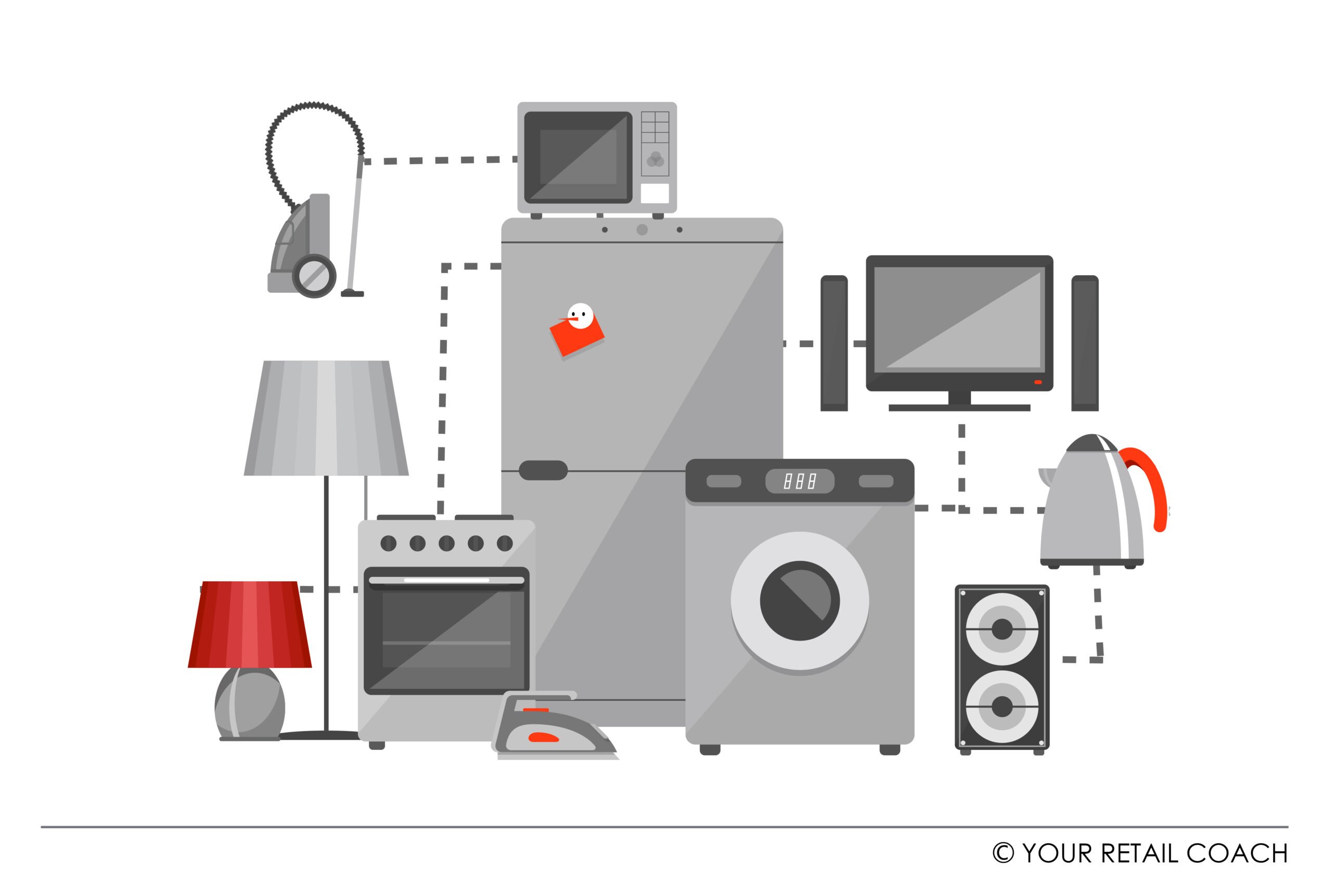Electronics Retailing as a Business Avenue
In evaluating the lucrativeness of any business idea it is important to understand the nature of the demand for the products or services which the business intends to sell.
Electronic devices like smartphones, laptops, smart watches, or even electrical appliances like refrigerators and microwaves are no longer the benchmarks of urbanisation. In the world we live today, electronic products have become a part and parcel of life. There may be few exceptions but the overall significance of electronics products in our humdrum affairs cannot be overlooked.
The demand for various types of electronic products varies from person to person and from place to place. For instance, a working middle-class family may not necessarily treat having a smart television as a necessity but for them, a smartphone with updated features is a compelling need. And over time, their requirements also elevate.
The demand for electronic products or their variants is also influenced by local and regional elements. For instance, mobile power banks or solar power products are more in demand in remote areas where people experience a lack of consistency in electricity supply.
As societies and economies grow on a material scale, the demand for electronic products also witnesses a reciprocating growth. From the perspective of retail trade and commerce, this kind of demand behaviour partly justifies starting a retail electronics business. However, the mere presence of market demand and its understanding does not take a business enterprise beyond its survival or assist it in emerging as a sustainable and successful brand. This blog highlights five fundamental elements that should be present in an electronics retailer business plan.
5 Principal Points of an Electronics Retailer Business Plan
Every startup electronics store must stand on a robust and agile business plan. Here are five principal points for developing a strong retail electronics business plan.
#1 Unique Value Proposition (UVP)
The UVP expresses the differentiating elements of a brand or a business enterprise as distinct from its competitors. It affects customer revisits and repeat purchasing. A large number of retail electronics stores find high tides in bringing back customers. It is the UVP of a business that compels customers to return and engage in repeat purchasing. UVP does not mean compromising the core values of products and services.
However, this is also true that high saturation and competition in online and offline electronic retailing make it difficult for startups and existing businesses to find and sustain strong and unique value propositions. This is one of the most common challenges in retail electronics business.
#2 Robust Marketing & Promotions
If marketing and promotional efforts are not good enough, it becomes difficult for businesses to remain relevant to customers. After establishing a strong UVP, the message must reach the target segment. This message could be in the form of visual merchandising, architecture, online business listing, social media presence, advertising on digital platforms, customer support systems, maintenance of quality, etc. The point is to come to and remain on the notice of customers in interesting ways. And marketing does not only infer promotional campaigns or digital marketing. It also covers customer experience, quality management, customer support and service systems, order fulfilment, etc. Marketing engulfs the entire experience journey of customers from search to service.
#3 Financial & Commercial Planning
A good hold over the numbers is vital before starting an electronics store. Financial and commercial assessments constitute a key element of a business plan. It prevents spending out of budget and keeps financial and commercial decisions on planned trajectories. Financial and commercial planning is also important because of the considerable investment required to start a retail electronics store. Some of the important areas of assessment in financial and commercial planning are:
- Sales and revenue forecasting
- Inventory scheduling, Purchase planning
- CAPEX & OPEX requirement analysis
- Estimated P/L Statements
- Breakeven Period, ROI and ROC
- Budget allocation
#4 Operations Planning
Operations planning is vital because everything eventually falls upon how plans are implemented. Operations planning helps keep business processes on track in a manner that is known in advance and is also systematic. Therefore, how an electronic retail startup intends to execute its business processes and operations deserves a significant place in its business plan. The business processes of an electronics business include inventory procurement and management, sales and marketing, finance and administration, HR, etc. And many electronic retail stores fail to achieve superior operations planning because of not using SOPs or poor implementation of SOPs practices. SOPs also offer the foundation for introducing process automation and digitisation.
#5 Quality Control (QC) and Quality Assurance (QA)
Poor quality makes customers permanently turn away from brands. We all can vouch for this from some corner of our personal experiences. Brand-exclusive stores or retail sales partners of big brands still have an opportunity to amend for damage done by getting faulty products replaced or refunded. But doing the same is very challenging for small retailers or multi-branded stores. Even if the product line is routine and inexpensive, there should be zero tolerance for deviation from QA and QC standards. Sometimes small retailers also fall prey to manufacturers and distributors offering poor-quality products with higher margins. Because quality is such a deciding factor, the QMS implementation roadmap should be made a part of business plans.
Reach Us
To know more about our retail and eCommerce consulting services or to speak to one of our retail business consultants, please drop us a message and we will reach out to you.











